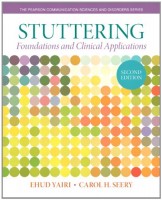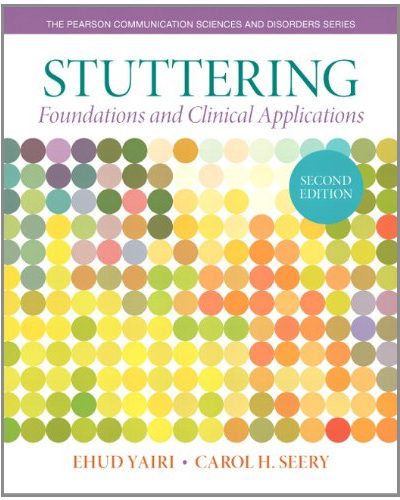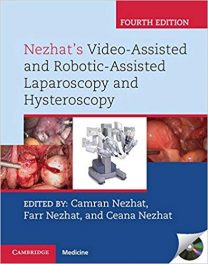 Editors: Ehud Yairi, PhD and Carol H. Seery, PhD
Editors: Ehud Yairi, PhD and Carol H. Seery, PhD
Publisher: Pearson – 524 pages
Book Review by: Paiso Jamakar
We all know what stuttering sounds like, but how many of us know the who, what, when, where and perhaps most important, the why of it?
Who are the ones most likely to develop stuttering? What are the causes of its development in some people? When does most stuttering begin – at what age range typically? Where does it begin – in other words, what are some environmental factors? And why does it happen in some people, and not others?
This book answers these questions. As a matter of fact, the titles of its chapters raise these questions. Reading and understanding them well, will provide you the answers. Perhaps not completely, but satisfactorily enough.
As most of us know, looking at any phenomenon not only answers some questions, but raises other questions; that is the nature of scientific inquiry. Discovering the nature of a problem is probably something like unwrapping a gift wrapped with a dozen or more wrappers.
There is a lot to be learned about stuttering and this book takes you on a fascinating journey of discovery. It is written by two of the world’s foremost researchers on stuttering, who have done a lot of investigative work on this problem. You the student with an inquiring mind can benefit immensely from this unique and rare book on stuttering. There are very few books that have looked deeply enough on this subject. This is one of them.
We give you below a brief outline of what you will find in this book, which has three Parts and 15 chapters as mentioned below:
- Nature of Stuttering
- What is Stuttering?
- Who and How Many Stutter?
- When and How Does Stuttering Begin?
- Where Does Stuttering End? What are Its Advanced Characteristics?
- Explanations of Stuttering
- Why Do People Stutter? Evaluating Theories and Models
- Is Stuttering Psychological? Theories and Investigations
- Is Stuttering Biological? Theories and Investigations
- Clinical Management of Stuttering
- Assessment of Adults and School-Age Children
- Assessment of Preschool-Age Children
- Stuttering Therapy Overview: Issues and Directions
- Therapy for Adults: Focus on Emotional Reactions
- Therapy for Adults: Focus on Stuttering and Fluency
- Therapy for School-Age Children
- Therapy for Preschool-Age Children
- Other Fluency Disorders; Cultural and Bilingual Issues
You will find this book rather easy to use because the chapters take you through a systematic and step-by-step exploration of the topics, by providing you the following:
- Learner Objectives – a list of tasks you will be asked to do, to learn the material
- Summary – recaps what the chapter covered, as well as provides bullet points of the main topics discussed in the chapter
- Study Questions and Discussion Topics – gives you a to-do list and asks questions
- Websites – provides you topics of further study and Internet sites providing information
- Suggested Readings – recommends books and other sources for specialized study
This is an excellent, extensive, in-depth, well-researched, well-documented, insightful, intelligent study of stuttering by two world-renowned experts named below, who have spent many years studying stutterers and helping them overcome their problem.
Ehud Yairi, PhD, affiliated with the University of Illinois at Urbana and Tel Aviv University, is an internationally recognized expert on stuttering. A recipient of several major grants from the National Institutes of Health, his research and clinical work on many aspects of the disorder throughout the age range, especially in children, has incorporated both environmental and genetic factors.
Yairi is the recipient of the highest award of the American Speech-Language-Hearing Association: the Researcher Award of Distinction from the International Fluency Association; and the Malcolm Fraser Award for excellence in the field of stuttering from the Stuttering Foundation of America; as well as other awards. He is the author, with Nicoline Ambrose, of Early Childhood Stuttering (2005) as well as numerous scientific articles.
Carol Hubbard Seery, PhD, affiliated with the University of Wisconsin at Madison, has engaged in teaching, research, and clinical service related to stuttering for more than 25 years. She has worked professionally in school, hospital, and university settings. Seery was among the inaugural cadre of board-certified specialists in fluency disorders and has made presentations on stuttering to clinicians in various settings.
She received National Institutes of Health grant support, has authored and coauthored multiple articles in scientific journals, has been an editorial consultant for several scientific journals, and serves on the editorial board for the Journal of Communication Disorders. Currently, she serves as the Chairperson of UWM Department of Communication Sciences and Disorders.







